Sex-positive and radical, these female artists rebelled against the status quo
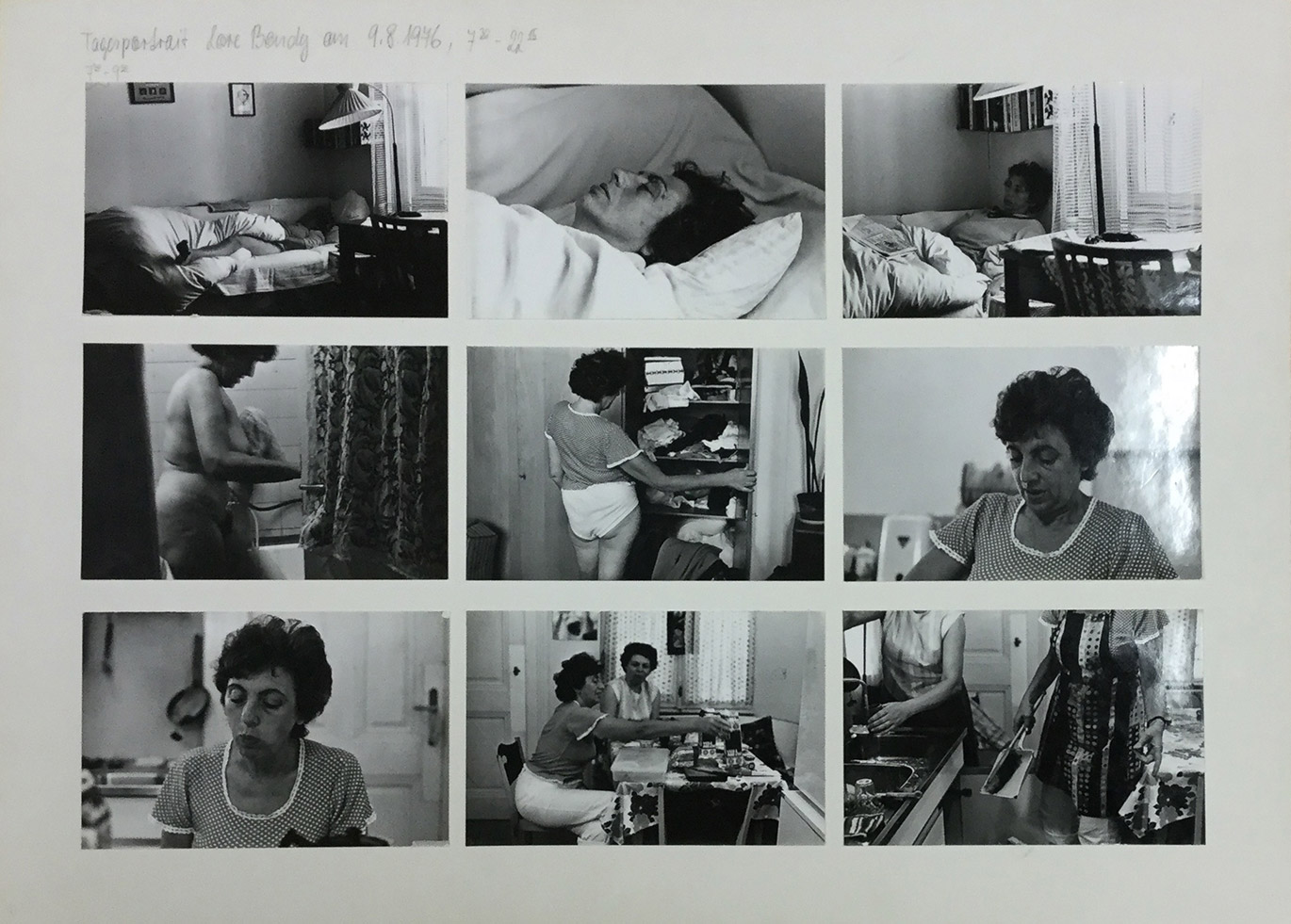
Woman is a buzzword in the arts. The thing is, the experience of being a woman is much more complicated than fulfilling a quota. With International Women’s Day and Mother’s Day in the UK coming up (thinly veiled marketing ploys or genuine celebrations of female power, it depends who you ask) Richard Saltoun gallery has staged a group show at its new space on Dover Street of women exploring themselves and other women, through their bodies.
‘Women Look at Women’ focuses on works by 13 artists — mostly European, and mostly black and white vintage photographs (with the exception of sculptures by Helen Chadwick). These baby-boomer women (born between 1935 and 1953) began practising their art at a very different time to the one we stand looking at them today: a carefree 1967 portrait of a smiling Sharon Tate, (two years before she was murdered by the Manson family) by self-taught photographer Elisabetta Catalano, is just one of the markers that gives time away.

Sharon Tate, 1967, by Elisabetta Catalano, gelatin silver print on baryta paper. © Archivio Elisabetta Catalano. Courtesy of Richard Saltoun Gallery
Other works haven’t dated — because we still face the same prejudices and challenges now as then. The Hackney Flashers founder, Jo Spence, used her Fat Project, (a collaboration with Terry Dennett, shot between 1978 and 1979, and shown for the first time at the gallery) to challenge mainstream representation, the naked fish-eye frolics a reaction to entrenched ideas about how women’s bodies should look, and who should look at them.
Meanwhile the recently famous Renate Bertlmann’s 1969 work of 53 self-portraits as different female stereotypes, alongside documentation of Eleanor Antin’s 1974 performance as The King of Solana Beach in California, use theatre and performance to show gender is not fixed but fashioned — an idea that has been popularised since they made their works, and not only avant-garde community.
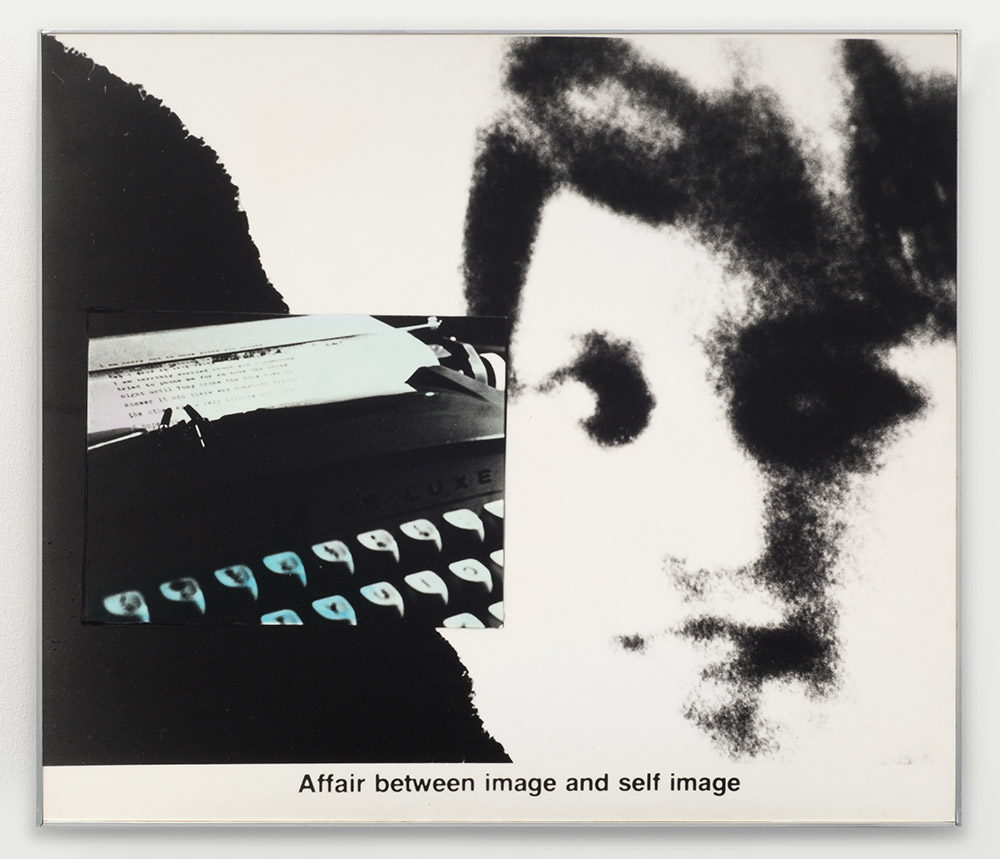
The Missing Woman, 1982-84, Marie Yates, black and white photomontage on board. © The artist. Courtesy of Richard Saltoun Gallery
They might have been unpopular in their day, but these artworks were also viewed in their intended context, as they are again now, in the relative safety of the art gallery. If Freidl Kubelka’s Pin-up series (one of the series is included in the display, but more are in the gallery’s archive, if you ask) had first popped up on Instagram, would they have the same veneer of intellectualism, or would she be regarded as ‘just another’ selfie artist? At the time rebellious, sex-positive and radical, looking at the pictures in 2018, they raise questions about the commercialisation of the female body — more relevant now that ever.
Case in point: across town at Galeria Melissa — a project endorsed by the shoe brand — is an exhibition by Juno Calypso, a 20-something artist whose work is directed towards the industry of being a woman, and how we buy femininity. At The Salon, in which she has recreated the ambience of a quotidian beauty parlour, but with a creeping sense of horror, manicures and face masks seem sci-fi. The millennial female gaze, according to Calypso, is stuck on a loop, but we’re narcissistic and we know it.
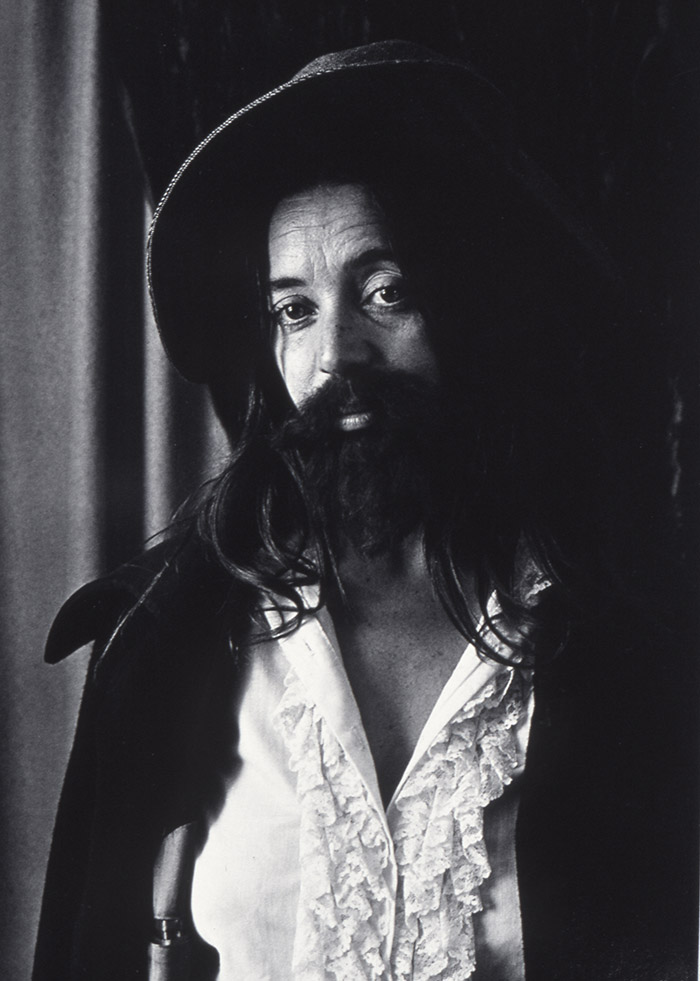
Portrait of a King, 1972, by Eleanor Antin, black and white photograph mounted on board. © The artist. Courtesy of Richard Saltoun Gallery
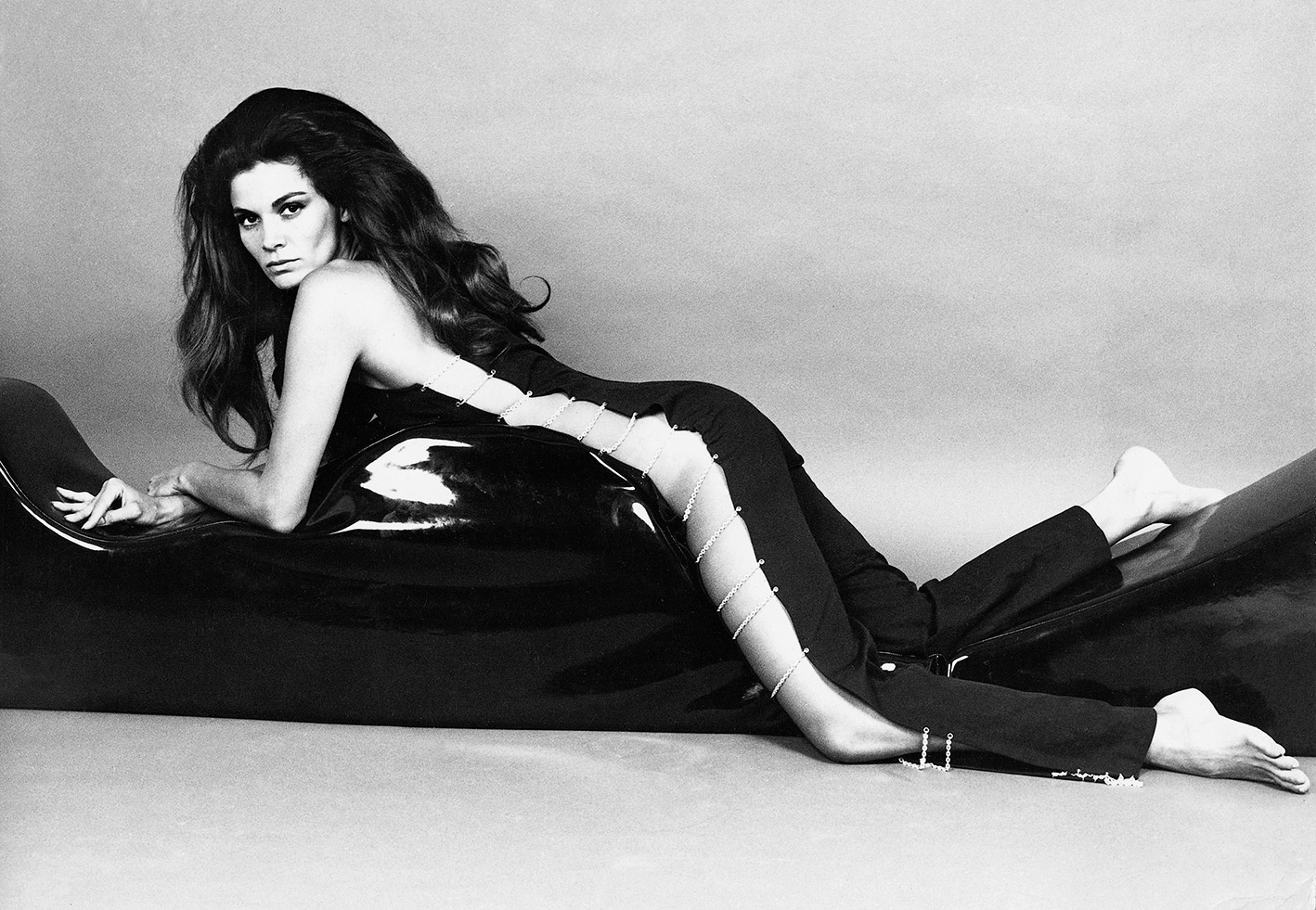
Bolkan Florinda, 1969, by Elisabetta Catalano, vintage gelatin silver print on baryta paper. © Archivio Elisabetta Catalano. Courtesy of Richard Saltoun Gallery

Silvana Mangano, 1974, by Elisabetta Catalano, vintage gelatin silver print on baryta paper. © Archivio Elisabetta Catalano. Courtesy of Richard Saltoun Gallery
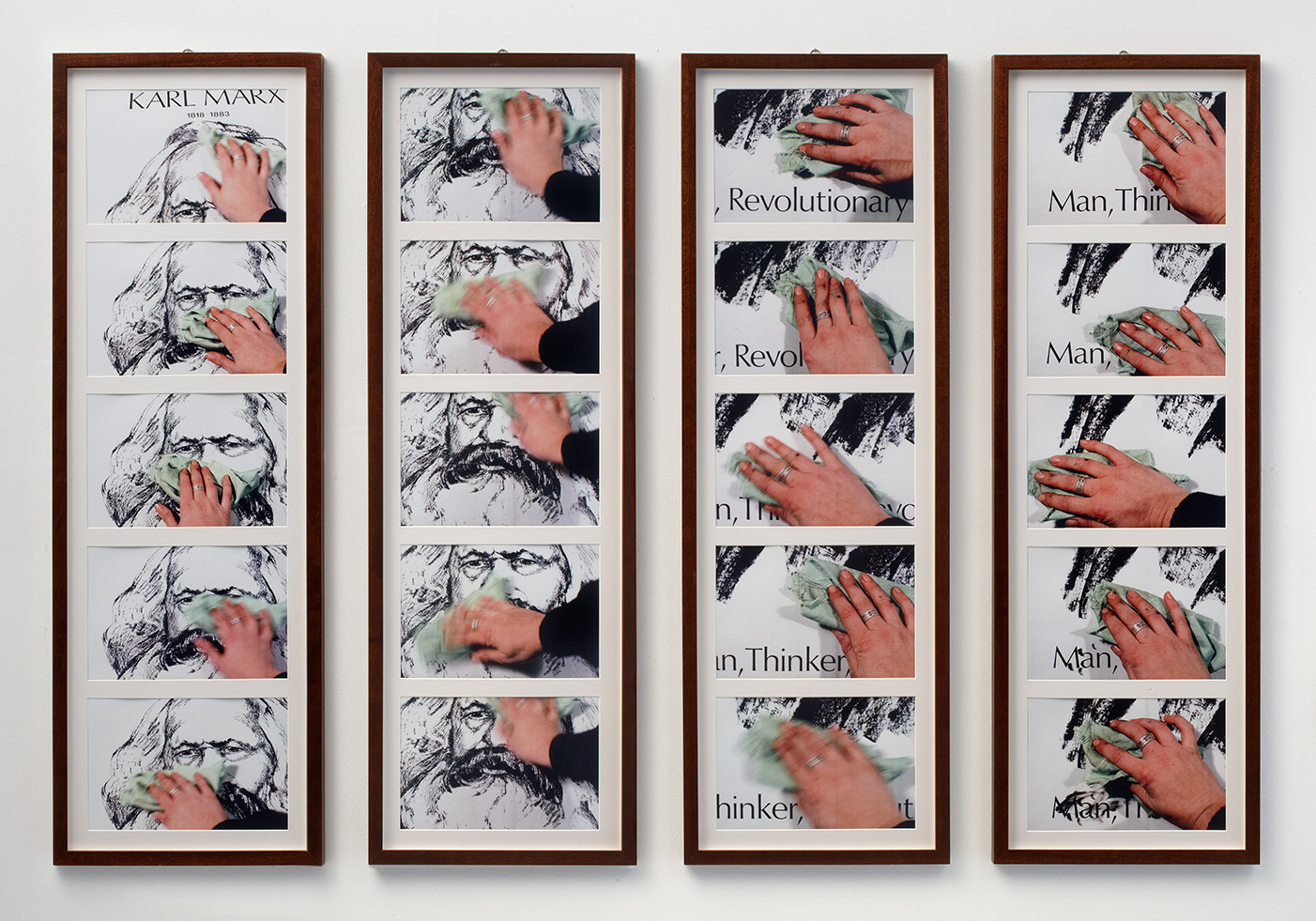
The Marxist’s Wife (still does the housework), 1978/2005, by Alexis Hunter. © The estate of the artist. Courtesy of Richard Saltoun Gallery
INFORMATION
‘Women Look at Women’ is on view until 31 March 2018. For more information, visit the Richard Saltoun website
ADDRESS
Richard Saltoun
41 Dover Street
London W1S 4NS
Receive our daily digest of inspiration, escapism and design stories from around the world direct to your inbox.
Charlotte Jansen is a journalist and the author of two books on photography, Girl on Girl (2017) and Photography Now (2021). She is commissioning editor at Elephant magazine and has written on contemporary art and culture for The Guardian, the Financial Times, ELLE, the British Journal of Photography, Frieze and Artsy. Jansen is also presenter of Dior Talks podcast series, The Female Gaze.
-
 Winston Branch searches for colour and light in large-scale artworks in London
Winston Branch searches for colour and light in large-scale artworks in LondonWinston Branch returns to his roots in 'Out of the Calabash' at Goodman Gallery, London ,
-
 The most anticipated hotel openings of 2026
The most anticipated hotel openings of 2026From landmark restorations to remote retreats, these are the hotel debuts shaping the year ahead
-
 Is the future of beauty skincare you can wear? Sylva’s Tallulah Harlech thinks so
Is the future of beauty skincare you can wear? Sylva’s Tallulah Harlech thinks soThe stylist’s label, Sylva, comprises a tightly edited collection of pieces designed to complement the skin’s microbiome, made possible by rigorous technical innovation – something she thinks will be the future of both fashion and beauty
-
 Out of office: The Wallpaper* editors’ picks of the week
Out of office: The Wallpaper* editors’ picks of the week'Tis the season for eating and drinking, and the Wallpaper* team embraced it wholeheartedly this week. Elsewhere: the best spot in Milan for clothing repairs and outdoor swimming in December
-
 Out of office: The Wallpaper* editors’ picks of the week
Out of office: The Wallpaper* editors’ picks of the weekFar from slowing down for the festive season, the Wallpaper* team is in full swing, hopping from events to openings this week. Sometimes work can feel like play – and we also had time for some festive cocktails and cinematic releases
-
 The Barbican is undergoing a huge revamp. Here’s what we know
The Barbican is undergoing a huge revamp. Here’s what we knowThe Barbican Centre is set to close in June 2028 for a year as part of a huge restoration plan to future-proof the brutalist Grade II-listed site
-
 Out of office: The Wallpaper* editors’ picks of the week
Out of office: The Wallpaper* editors’ picks of the weekIt’s wet, windy and wintry and, this week, the Wallpaper* team craved moments of escape. We found it in memories of the Mediterranean, flavours of Mexico, and immersions in the worlds of music and art
-
 Each mundane object tells a story at Pace’s tribute to the everyday
Each mundane object tells a story at Pace’s tribute to the everydayIn a group exhibition, ‘Monument to the Unimportant’, artists give the seemingly insignificant – from discarded clothes to weeds in cracks – a longer look
-
 Out of office: The Wallpaper* editors’ picks of the week
Out of office: The Wallpaper* editors’ picks of the weekThis week, the Wallpaper* team had its finger on the pulse of architecture, interiors and fashion – while also scooping the latest on the Radiohead reunion and London’s buzziest pizza
-
 Out of office: The Wallpaper* editors’ picks of the week
Out of office: The Wallpaper* editors’ picks of the weekIt’s been a week of escapism: daydreams of Ghana sparked by lively local projects, glimpses of Tokyo on nostalgic film rolls, and a charming foray into the heart of Christmas as the festive season kicks off in earnest
-
 Wes Anderson at the Design Museum celebrates an obsessive attention to detail
Wes Anderson at the Design Museum celebrates an obsessive attention to detail‘Wes Anderson: The Archives’ pays tribute to the American film director’s career – expect props and puppets aplenty in this comprehensive London retrospective